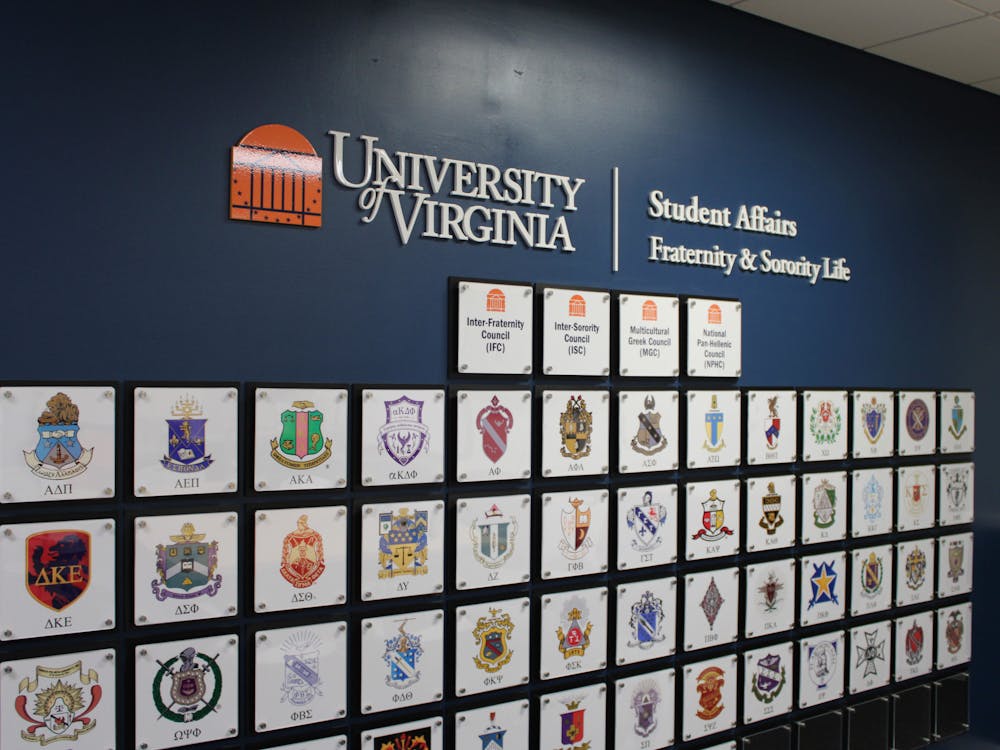The Louisiana State University system has joined the University as bodies under scrutiny from the Southern Association of Colleges and Schools. A vote by the system’s Board of Supervisors consolidated the leadership positions for the Louisiana State University system, and the system’s flagship campus in Baton Rouge, at the end of October. Regardless of the merger’s rationale, the association has taken issue with the procedural secrecy with which it was done, and for this their frustration is justified.
The Louisiana State University system is composed of nine institutions, with its Baton Rouge campus being the largest and highest populated. The system itself is guided by a governing board and a president. The previous president – John V. Lombardi – was fired by the board this April. William Jenkins was appointed as interim.
A chancellor runs the Baton Rouge campus. Michael Martin, the former chancellor, left in May for a position at Colorado State University. In his stead, Jenkins was appointed as interim. Thus Jenkins was simultaneously interim at the system and campus level — what some saw as a conflict of interest. This conflict was solidified when the board decided in October to make the office of chancellor and president one in the same. Given that Jenkins already served in both capacities, the board had the ability to make the switch without making additional firings.
To those in the state, the move came unexpectedly. There was no advance notice that a vote would be taken. At one meeting on October 26, the board heard a proposal from the Association of Governing Boards (AGB) — an advisory group for governing boards — about the merits of realigning the governance structure. With the AGB recommendation having just been announced, the board proceeded to pass such a measure during that very same meeting.
One person who may approve is Bobby Jindal, the state’s governor. An article by The Chronicle of Higher Education cites allegations that Jindal’s interference had ousted Lombardi in April. The article also speculates that Jindal may have been working with the “LSU Flagship Coalition” — an interest group of “business leaders and citizens,” according to its website — to consolidate university governance. In particular, this coalition wanted the Baton Rouge campus to have more independence, which some critics feared would come to the detriment of the state’s smaller colleges.
Regardless of such politics, the association’s grievance is that the decision process did not include enough input from faculty members — a warning that was previously leveled at the University. In the case of the Louisiana State University system, this evaluation is accurate. The preponderance of evidence and lack of public notice or input clearly reveals that the system’s board violated the association’s requirement that faculty have a role in governance. Given a warning from the Louisiana Attorney General’s office, citing that the system’s board had violated open meetings laws, the board will have a re-vote regarding the merger of power this month. However the final vote turns out, there are further stipulations in the association’s policy that prohibit boards from having external influence dictate their decisions. Should the state’s governor have played too big a role in the system’s leadership merger, then the association would be warranted to take adequate action.




